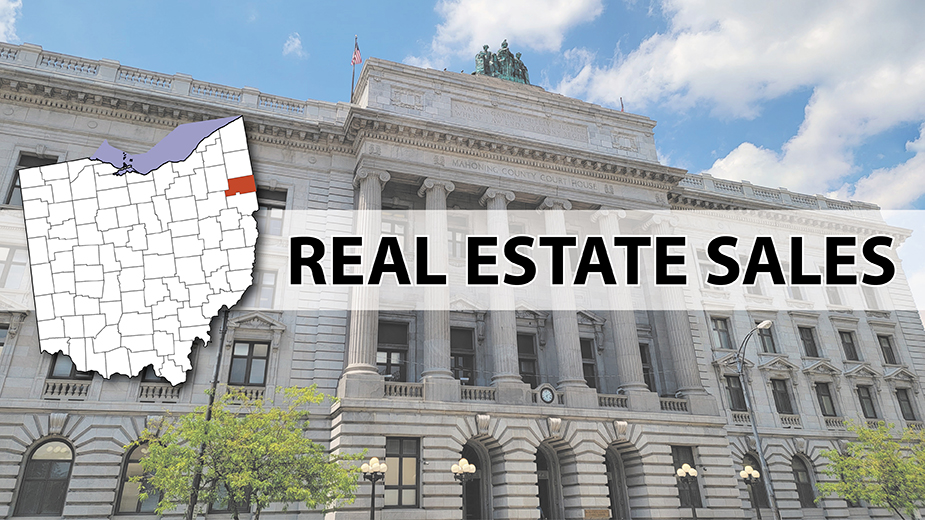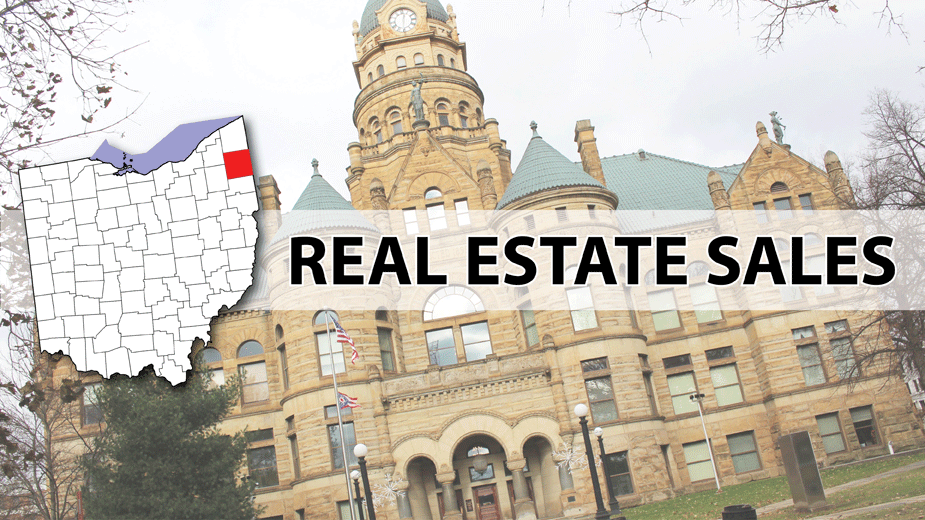Columbiana Sees Early Success with CRA
COLUMBIANA, Ohio — Legislation passed last year is driving more individuals and businesses to build in Columbiana, and city officials say it’s likely to stay that way for the foreseeable future.
With a unanimous vote in September 2018, City Council adopted the Community Reinvestment Area legislation, which provides a 100%, real property tax abatement for up to 15 years on construction of houses. As of this writing, Columbiana has 57 new house-building permits on the books since the CRA took effect, says city manager Lance Willard.
“People are getting to know about it and we think it’s going to take off,” Willard says. “We think it’s going to be our biggest year since the early 2000s.”
In the years before the housing industry collapsed, the city saw activity in nine housing developments and issued as many as 95 building permits annually, he says. The Great Recession dropped that number to 10 annually.
Eighteen months ago, Mayor Bryan Blakeman asked City Council to consider a cap on the city 1% income tax in an effort to drive more “higher net-worth individuals” to build, he says. While researching that and other possible incentives, city officials discovered the CRA, which is “a better way to go,” Blakeman says.
“It not only provides an incentive for a certain income range, it helps anyone and everyone,” he says. “At this pace, within a couple years, I could see the housing developments that we have now at capacity with the need for more.”
In July 1994, Ohio passed the CRA, which gives municipalities the choice of whether to employ it, says Matthew Heikkinen, business development manager with AmeriFirst Home Mortgage, Poland. Since the city passed the measure last year, AmeriFirst has worked closely with officials to promote and execute the initiative, which is showing “very positive, very surprising results,” he says.
“It’s driving a tremendous amount of growth,” Heikkinen reports. “It isn’t that Columbiana was a hot market before. The numbers are clearly indicating that the impetus of this is the tax savings.”
The benefit of the CRA is that the tax abatement creates opportunities for the typical homebuyer to build new. In the last 30 years, there has been “virtually no new construction” because homebuyers can’t afford the 25% to 50% down payment required for a bank to be willing to lend $300,000 to build new.
“That’s where the giant roadblock has been,” Heikkinen says. “Most people can afford the mortgage payment. They just don’t have $25,000 to $35,000 in cash in the bank.”
Those who do have the money are likely paying cash for the house, he says. In fact, most of the new builds in the last 20 years were affluent people who paid cash for houses that ranged from $300,000 to $500,000, he says. What isn’t happening, though, are speculative house builds. Heikkinen hopes interest in the CRA and pent-up demand for new inventory will spark builders to change that.
“We will have people tripping over themselves to buy the houses,” he says. “The problem is, nobody wants to take the plunge yet.”
Savings through the CRA tax abatement gives housebuyers a chance to be approved for more than they normally would, Heikkinen says. For example, a $200,000 loan isn’t quite enough to consider new construction, he says.
However, under the CRA, a $1,000 annual tax bill on a $40,000 lot stays as is rather than increasing to as much as $5,500 to account for the structure, he says. That annual savings of some $4,800 equates to about $400 monthly, which the homeowner can put toward the mortgage, increasing the size of the loan he can get to as much as $265,000.
“That’s a huge jump,” Heikkinen says. “Essentially you just jumped two price tiers.”
For housebuyers shopping in a market where 93% of the housing stock was built before 1990, this is welcome news, he says, because those who would have been considered “locked in” to buying an existing house can build new. However, the biggest question buyers ask is what happens after the first 15 years? Will a homeowner with a 30-year mortgage have to pay much more annually?
“Not necessarily. You’re going to have 15 years of equity into the house,” Heikkinen says. “The fact that you’re able to buy more at the beginning means you’re growing your wealth faster than you would have otherwise because you’re starting with a bigger egg basket.”
The CRA also works for home renovations, adds Columbiana’s Willard, improving the value of existing properties in the city. “Everybody can take advantage of it,” he says.
As a lender of USDA Rural Development new-house construction loans, AmeriFirst is receiving calls from people interested in moving to the area to take advantage of the CRA, and from those who already live there but want to build new, Heikkinen says, thus putting listings on the market.
Among those moving to the area are CEOs of businesses, “and some of those CEOs are bringing their businesses with them,” Heikkinen continues. Under the CRA, businesses can receive up to a 100%, 15-year tax abatement for new construction or remodeling of commercial and industrial buildings for up to 15 years, he says.
Commercial projects are reviewed case by case for the abatement, Willard says. “We look at qualitative factors to rate these projects,” including job creation and retention, he says.
One such project is a proposed 75% abatement for 10 years for a North Carolina company to build a $1.2 million project in the city that would create four jobs, he says. Later this month, the city will present the project to the board members of the Columbiana Exempted Village School District for review and approval.
Another project involves construction of 12 high-end rental triplexes. The city offered the builder a 50% tax abatement for 12 years, Willard says.
“That’s 36 new families that will essentially be able to participate in our community as well as our 1% income tax and 1% school tax,” he says.
Yet another business was courting other areas to move to, but the CRA convinced the company to remain in Columbiana, Blakeman notes. The city receives two or three calls a day about abatements, he says.
“I think we have five or six requests right now that have been brought in front of the council,” he says. The CRA “gives the business owner incentive to locate in Columbiana because it helps their employees,” he says.
Incentives to build in Columbiana don’t end with the tax abatement. Since 2005, the city has invested more than $40 million in infrastructure improvements, more than $20 million of which was funded by grants, Willard says.
In 2005, the city made $14 million in improvements to its wastewater plant using $4 million in grants, doubling the capacity of the plant. Last fall, the city opened its $20 million water treatment plant, for which it received more than $8.6 million in grant money.
“We can treat about four times the amount of water that we’re using today, so we’ve got room for growth,” Willard says. This fall, a $2.4 million job will start a series of projects to tackle storm water issues in the city.
The fact that Columbiana owns all of its utilities except natural gas is an added incentive, Blakeman adds.
“We’re changing the scope and the size of the community, its capabilities and its resources,” Blakeman says. “The infrastructure being put in to handle the growth will reap dividends for the future.”
Pictured: Mayor Bryan Blakeman and Lance Willard stand in front of newly constructed home on Juniper Drive in Columbiana.
Copyright 2024 The Business Journal, Youngstown, Ohio.



